Palmetto Bluff Real Estate Company Sales Office
Office Hours
Monday-Friday 9am - 5pm
Saturday 9am - 4pm
Sunday 12 - 4pm
Saturday 9am - 4pm
Sunday 12 - 4pm
Hurricane Foals bring new excitement to Daufuskie Island.
Erica Veit and Tony Geyston, founders of the Daufuskie Marsh Tacky Society, sit perched on stools at lunch, oblivious to the crush of tourists surrounding them at Freeport Marina. The bright, garish artwork and clash of conversation, clanging dishes, and music doesn’t distract them from each other. They give off an air of waiting, a portent of events to come. Frequently, visitors stop by their seats at the bar, and they turn, ready with smiles and a reply that they are still waiting for the birth of two Marsh Tacky foals, the first of these endangered horses to be born on Daufuskie in at least 45 years.
Back at the barn, two pregnant mares, Reina and Carolina Moon, graze in the green pasture with bellies swollen to capacity. The sire, Lowther’s Lucero, proudly stands in the field watching over the expectant mothers. The birth of the new Marsh Tacky horses is a big deal. With a population today of around 400, full-scale efforts to restore their numbers and save the breed have been in action across South Carolina since 2007. The special history of this horse makes it unique and a valuable link to the earliest European settlements of the state.
A SPECIAL HISTORY
The Marsh Tacky traces its early roots to the Spanish Conquistadors. While there is an argument on whether the horse arrived in the Lowcountry through trade, shipwrecks off the coast, or abandonment from the unsuccessful Spanish colonists, DNA results trace the lineage of these animals to fine Spanish mounts. These horses survived primitive conditions, adapting to forage the scrub grasses in the marshes and wetlands of the coastal plain. The Native American population captured and tamed the nearly feral but well-bred animals, and early settlers reported seeing them riding the mounts through the maritime forests. The sure-footed Tackies were able to carry heavy weights with steadfast determination and were found to be well-suited to a variety of tasks like hunting and, even later, racing to prove speed and endurance. They were the farming animal of choice for the Gullah population, performing tasks such as plowing, transportation, and mail delivery. In World War II, these reliable mounts were used by the Coast Guard to patrol the local coastline, protecting residents from spying and invasion from enemy troops. Had any landed, the mounted horsemen would have been our immediate line of defense.
That wasn’t the first time Marsh Tacky horses had been used to further a war effort. It was Francis Marion, the general called the “Swamp Fox,” who coined the name Marsh Tacky. During the American Revolution, the mount’s ability to step through local plough mud bogs proved a sure advantage in outmaneuvering the British with their larger, heavier horses. The word “tacky” also means “common,” but even though these horses were prevalent in the early bit of South Carolina’s history, there was nothing ordinary about their ability to work on little forage in harsh conditions. The Tackies are known to be comfortable under saddle as well, so much that Dr. Molly Nicodemus from Mississippi State University began, in conjunction with the American Livestock Breeds Conservancy (ALBC), to study their gait to see what made such a seamless ride. The results showed more of a connection to their Spanish lineage, as the characteristics of their trot were in line with the National Horse of Brazil, the Mangalarga Marchador. Now recognized by the ALBC, the particular style of movement exhibited by the Marsh Tacky needed a name. In 2010, the Carolina Marsh Tacky Association designated it the Swamp Fox Trot with a nod to the general who recognized this horse’s value. Later that year, the Marsh Tacky received its official recognition by Governor Mark Sanford as he signed in a bill that made them the South Carolina State Heritage Horse.%GALLERY%A few years ago, Erica was finishing up course work at the College of Charleston, studying non-profit management. She missed living on Daufuskie, an island off the coast of Hilton Head with no bridge connecting it to the mainland. With the goal of helping restore the dwindling Marsh Tacky population, she combined her love of horses as a former equestrian athlete and her education in charitable organizations to develop the Daufuskie Marsh Tacky Society with Tony at her side. Together they expanded four acres and a lean-to into a gorgeous barn and pastures located next to a thriving commercial area. Erica met her goal and her charity’s mission of educating the population, as you can scarcely visit the island without seeing the horses frolicking in the field.
Care of domesticated horses on an island only accessible by boat is difficult to organize. Every heavy item needs to be barged over and often they are found waiting for supplies and equipment. Erica is constantly planning ahead, making sure the needs of the animals in her charge are covered. In 2016, nature decided to take an unexpected path when Hurricane Matthew came to visit. Erica and Tony tried to evacuate the horses but ended up moving into the interior of the island to an abandoned equestrian facility at Melrose Resort for the animals’ safety. The storm ravaged the island, tossing trees and debris onto the charity’s new barn, forcing the horses to seek shelter at Melrose for several months. Such close quarters were unusual for the Marsh Tacky herd, and shortly after the move back home, Erica noticed that two of her mares were pregnant. She was excited about the birth and anxious to see the positive impact for Daufuskie. “At this point, we know the horses bred successfully while they were evacuated for Hurricane Matthew. In that light, these foals are a symbolic silver lining to the storm for our entire community.”
Already an exciting but harrowing event, the impending births had so much more importance to the critically endangered line of the Marsh Tackies. Every preparation was made and reproductive specialists monitored the progress. Each day, Erica and Tony watched over the herd. The press was waiting and calling, and the island residents wanted to know when the babies would come. Just like that, in the early hours of November 10, 2017, the waiting came to an end and Daufuskie’s newest resident, Estelita, was born. A dainty buckskin filly with a tiny forehead star, she has a dorsal stripe like her mother. Six days later, again in the morning, stout and quick Mateo was born to Carolina Moon. Erica is glad the horses were born as nature intended. “We narrowly missed the window of time to be present for the actual foaling for both occasions; however, we arrived just in time to see two-hour-old foals already standing and sucking. This was the greatest feeling of relief, accomplishment, and joy that I have ever felt.”
All that waiting was worth the end result of healthy births, despite their absence, and since that time, there has been a flurry of attention for the horses and charity alike.
The Daufuskie Marsh Tacky Society has plans to expand in the coming months. Already adding additional acreage for the expanded herd, Erica has on her list to develop an office and retail spot at Freeport Marina. She wants to continue to breed Tackies and plans to raise each horse in the fresh air and freedom that Daufuskie provides.
This rare but brave animal is a tribute to survival, supporting families through farming and foraging and protecting soldiers fighting and patrolling our shores. They have been involved with all factions of South Carolina residents from the American Indian to the Gullah living on sea islands to the soldiers of several wars. While they once ran through the Carolina Lowcountry and barrier islands freely, they are now a rare sight on domestic farms. They played a great role in the history of the state, and with the help of people like Erica and Tony, they will play a strong part in its future, providing an example of adaptability and resourcefulness to future generations of animal lovers.
To learn more, visit DaufuskieMarshTackySociety.org.
FRANCIS MARION
Who was he?
Written by Jessica Farthing
Photography by Hannah Horres
Interesting in meeting a Marsh Tacky and learning more? Join Palmetto Bluff as we showcase the Carolina Marsh Tacky, the South Carolina State Heritage Horse, on Saturday, July 7, at Longfield Stables from 10 a.m. to 2 p.m.
This rare breed of horse will show off their versatility by navigating a variety of obstacles in the covered riding arena with David Grant, The Pee Dee Cowboy and host of the show Horse Tales, as the master of ceremonies. Get up close and personal with the Marsh Tacky horses throughout the event. Information about their history and heritage will be on display at the lower barn.
Concessions will be available for purchase (cash only); please no outside food or beverages.
Gates open at 9:15 a.m. Tickets are $5 per person (children under 12 are complimentary) and reservations are required. Please contact the Palmetto Bluff Club Concierge at 84.706.6690 or clubconcierge@palmettobluffclub.com.
A portion of the proceeds will go to the Carolina Marsh Tacky Association and the Daufuskie Island Marsh Tacky Society.

Best Things to Eat in South Carolina’s Lowcountry When it comes to Southern cuisine, no place captures the heart (and appetite) quite like the South Carolina Lowcountry. Rooted in history and layered with coastal influence, this region serves up a culinary id...

Marissa’s Journey to Palmetto Bluff At Palmetto Bluff, hospitality goes beyond service; it’s a way of life. For Members and visitors alike, there’s a quiet charm to the place that draws you in, makes you feel at ease, and leaves a lasting impression. Few peop...
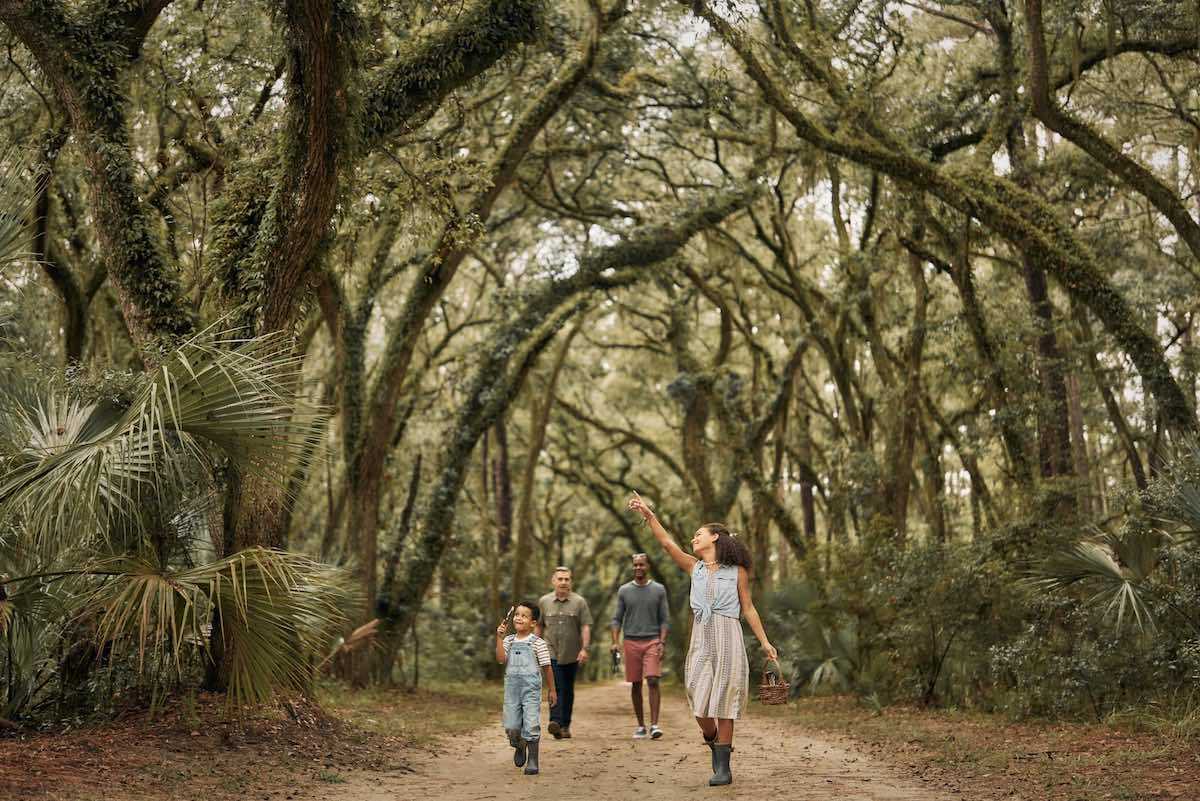
Top 7 Palmetto Bluff Nature Trails Do you ever get the feeling of wanting to escape and wander into a serene paradise? The nature trails at Palmetto Bluff afford opportunities to roam and admire the vastness of the Bluff’s 20,000 acres. Throughout the communi...

Palmetto Bluff’s Moreland Village feels a world away from the more traditional architecture of the iconi...
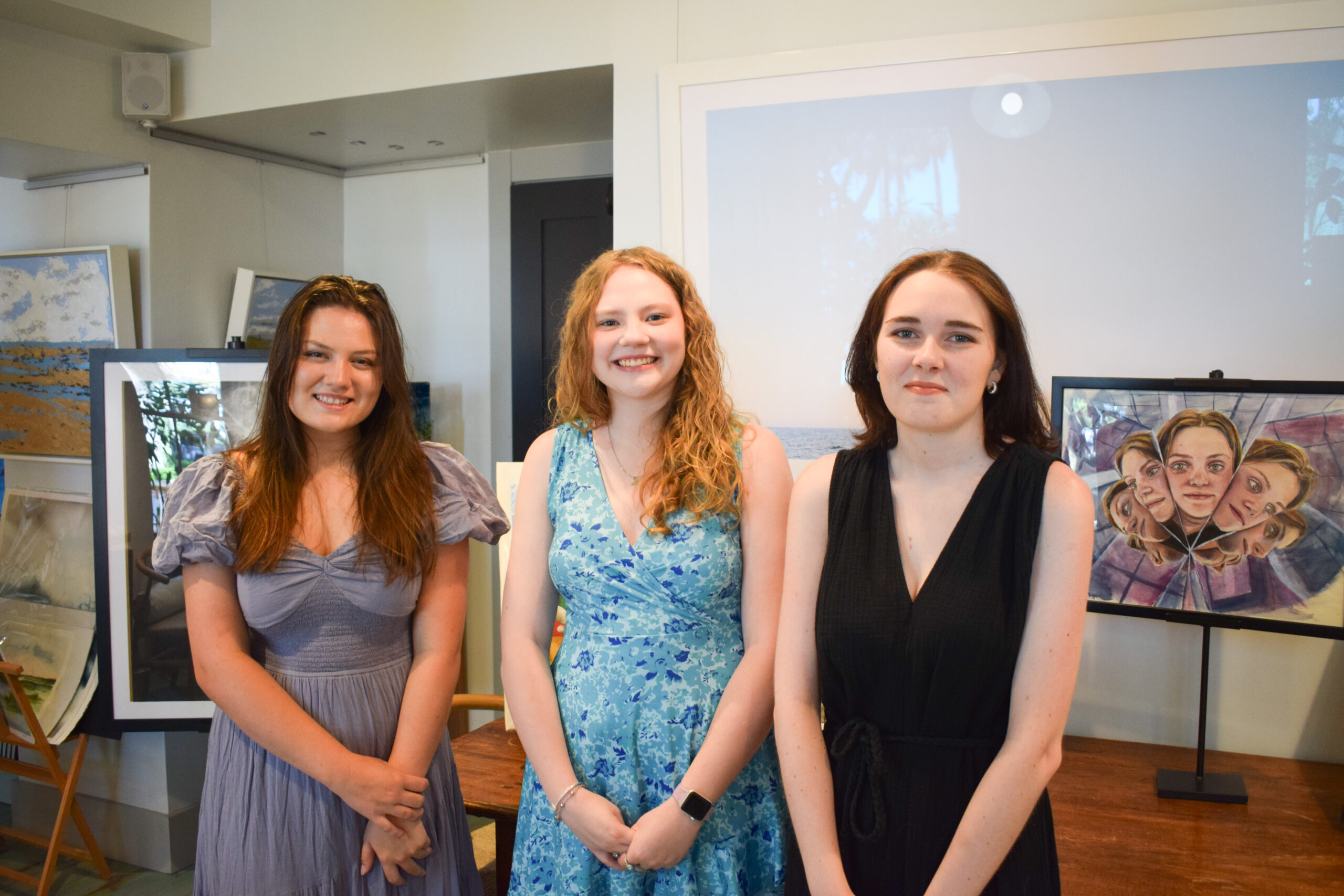
We are thrilled to introduce the inaugural winners of the Inspiring the Arts Scholarship—three extraordinary young women pursuing their artistic dreams through higher education! Katherine Donahue has been named our first official scholarship recipient, wit...
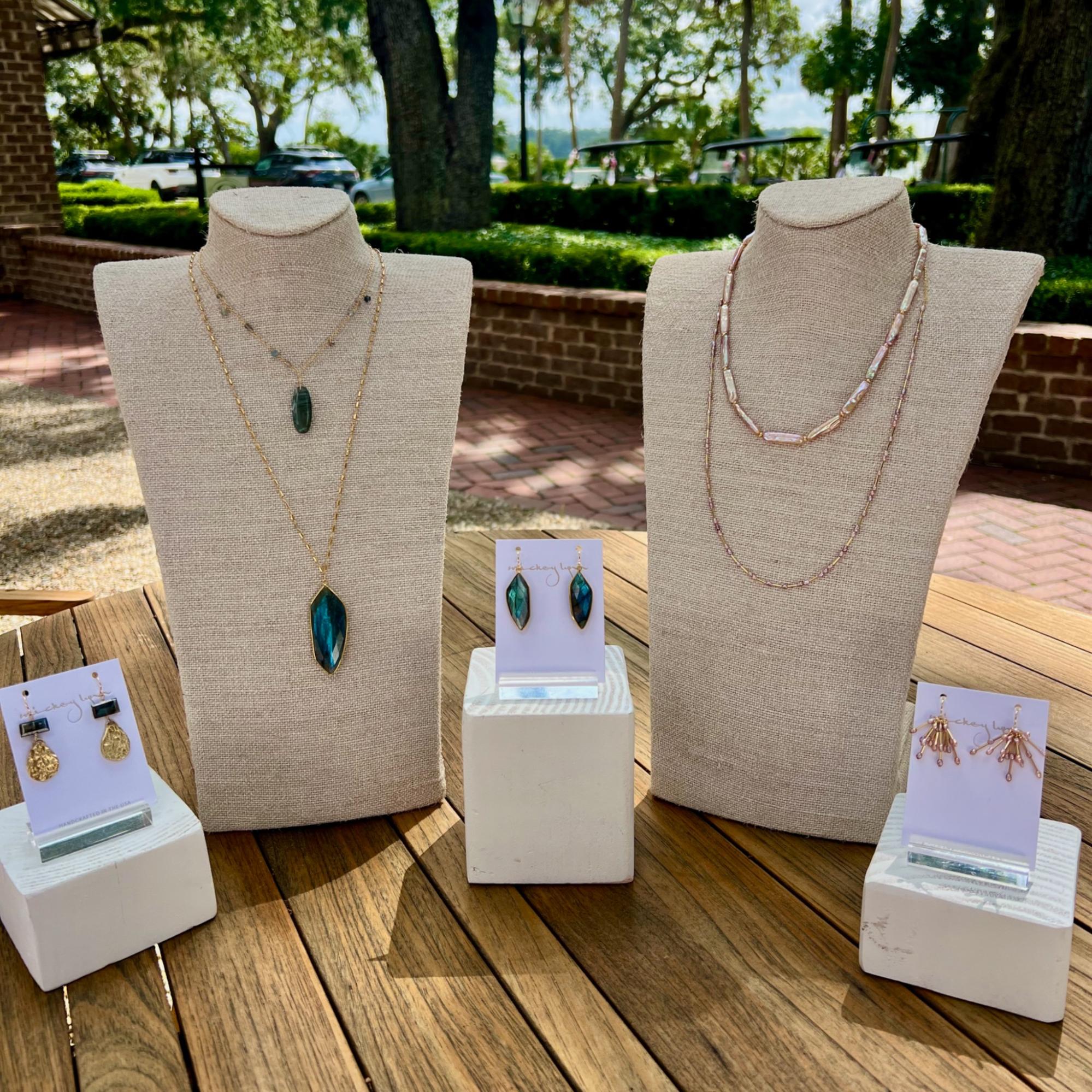
From handmade jewelry to performance wear, the latest arrivals at Palmetto Bluff’s retail spots capture the season in true Lowcountry style. This summer, the Bluff’s shops are full of fresh finds, carefully chosen by our trusted retailers—including FLOW Galler...
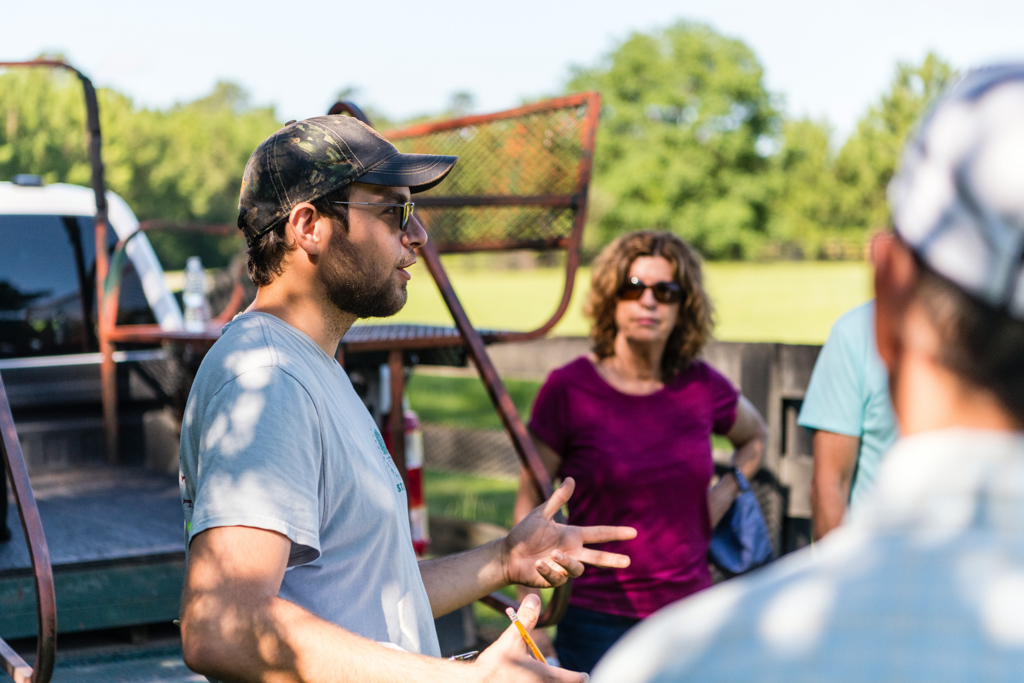
Citizen Science is Thriving at Palmetto BluffDid you know that residents of Palmetto Bluff are playing a vital role in national and global conservation efforts—all from their backyard?Through the Palmetto Bluff Conservancy’s growing Citizen Science programs, c...

In October 2024, Grammy Award-winning musician Clay Ross visited Palmetto Bluff as part of The Arts Initiative's Artist in Residence Program. Through storytelling and song, he explores identity, heritage, and the universal language of sound. By Barry Kaufman ...

Palmetto Bluff Club Executive Chef Beth Cosgrove and Director of Culinary, Chef Rhy Waddington, Cook Up Four Peachy Recipes for a Summer in the South. Is there anything more iconic than a southern peach? A symbol of summer and Southern heritage, the peach car...
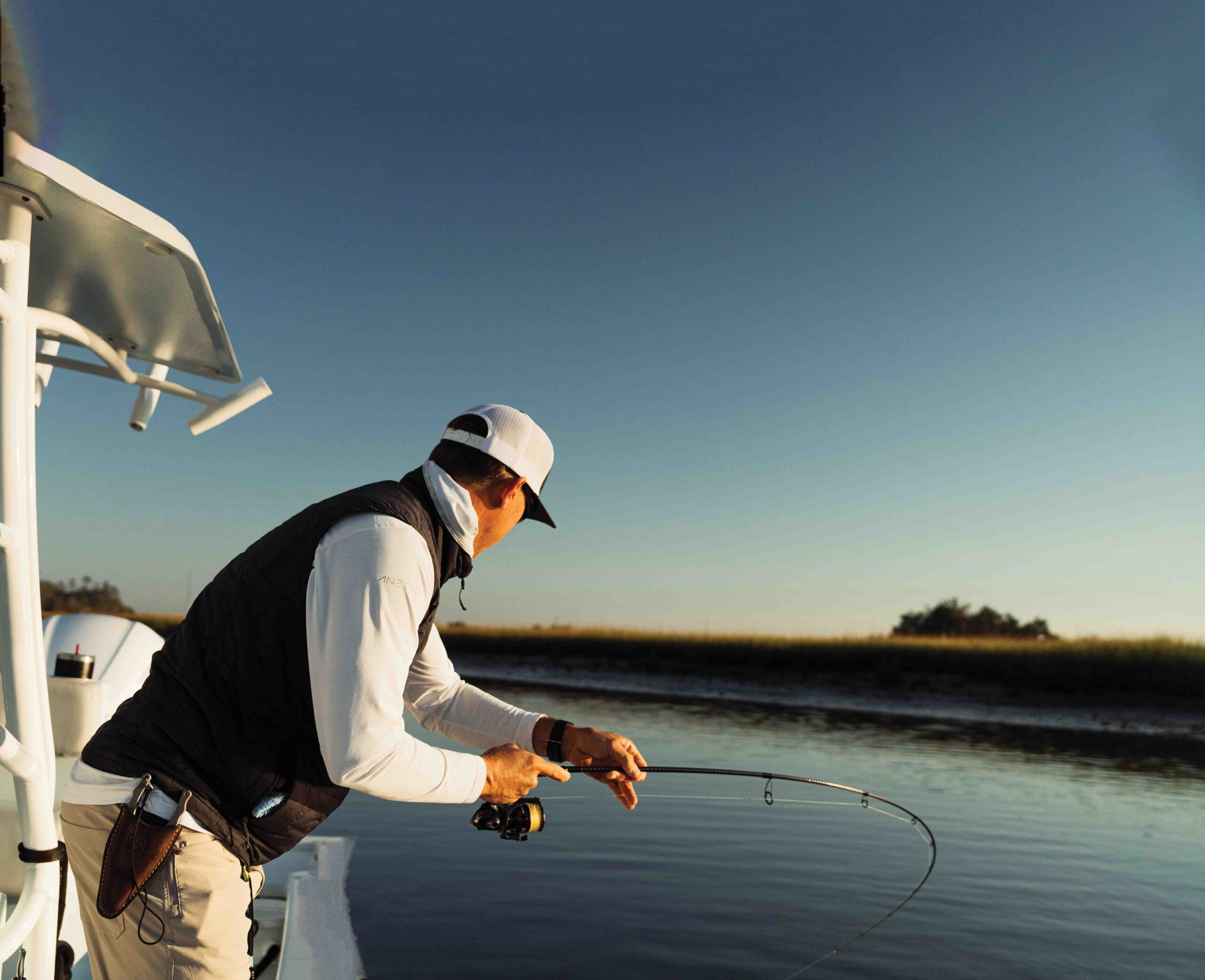
Following the tides and angling for redfish in Lowcountry creeks and estuaries with Captains Brian Vaughn and Will Stephens Story by Sandy Lang It is a sunny morning in October and the water is calm and glassy. The silence is punctuated by a gush of breath f...
Learn about the Palmetto Bluff Conservancy and how we keep the vision of our land in place.
On land or water, there is an ever-evolving variety of activities.
We do not attempt to independently verify the currency, completeness, accuracy or authenticity of the data contained herein. All area measurements and calculations are approximate and should be independently verified. Data may be subject to transcription and transmission errors. Accordingly, the data is provided on an “as is” “as available” basis only and may not reflect all real estate activity in the market”. © [2023] REsides, Inc. All rights reserved. Certain information contained herein is derived from information, which is the licensed property of, and copyrighted by, REsides, Inc.